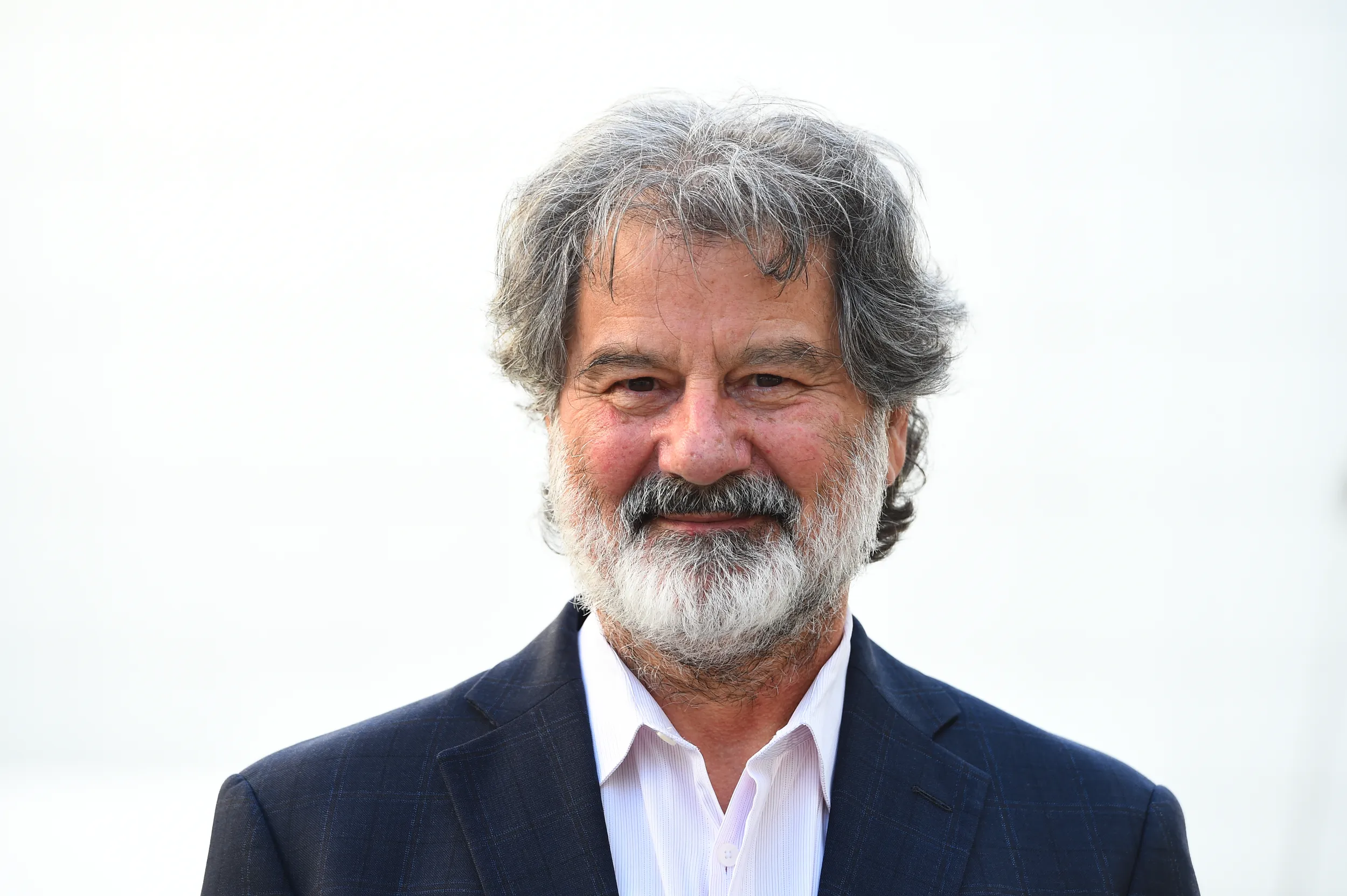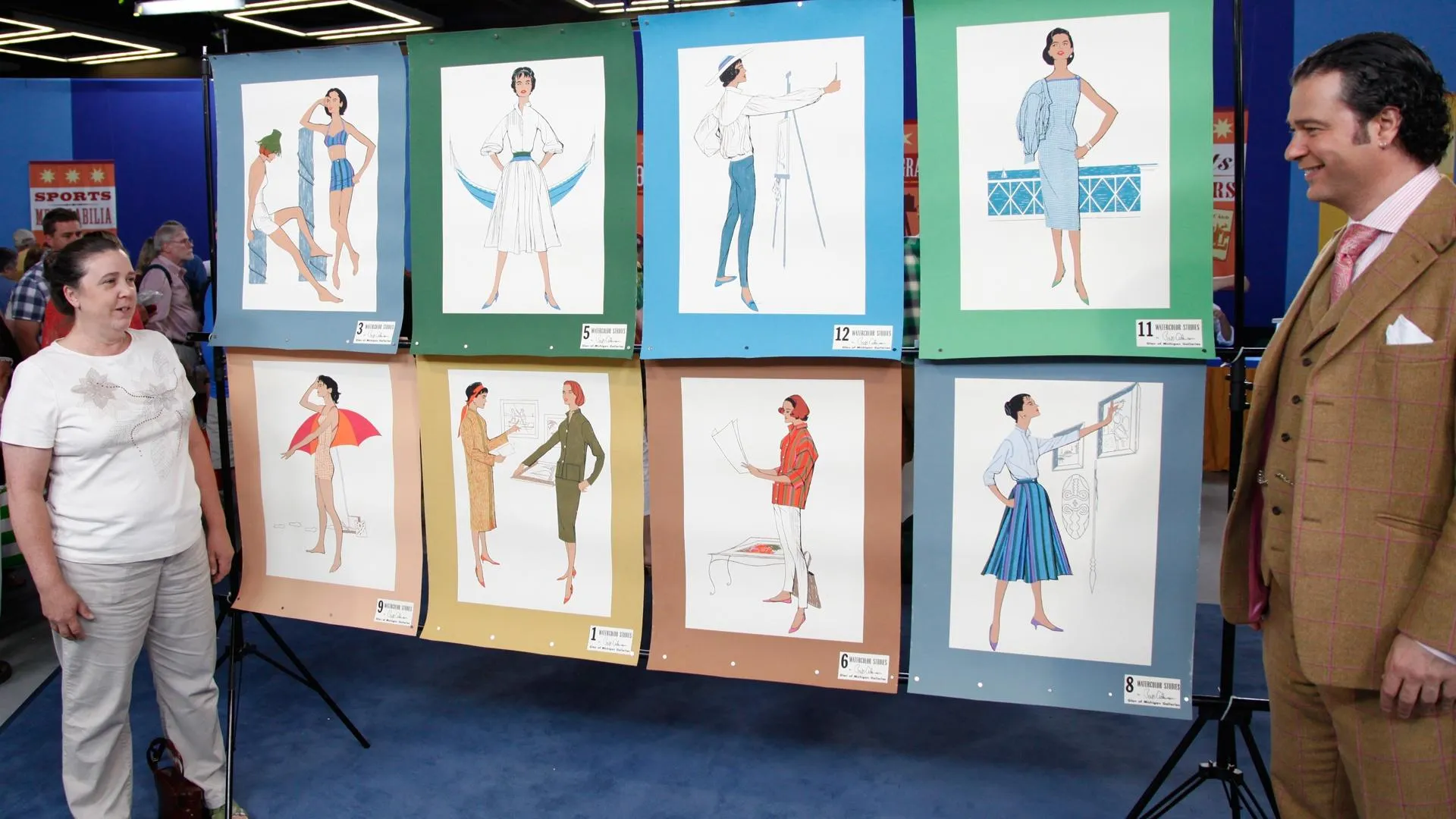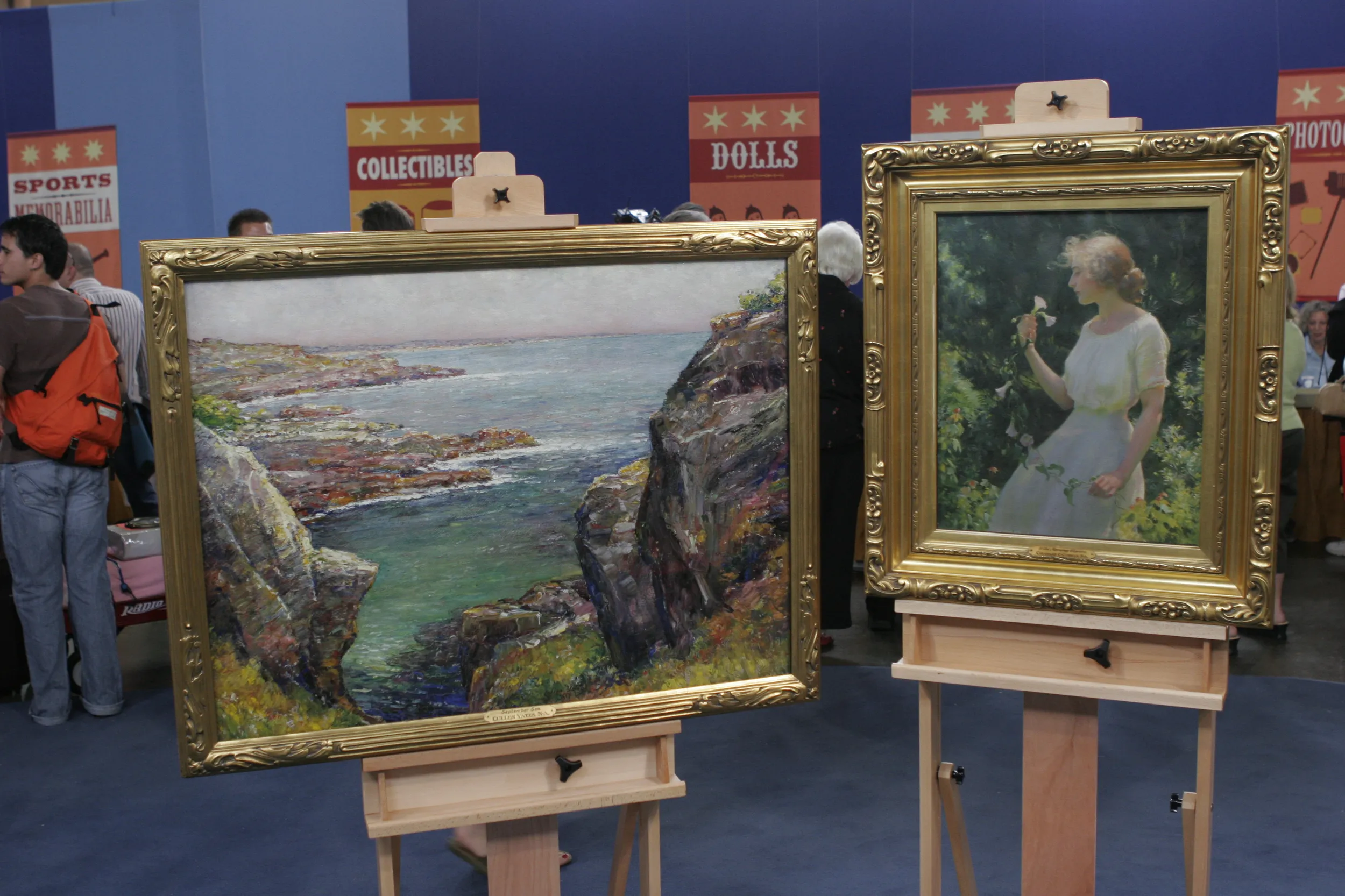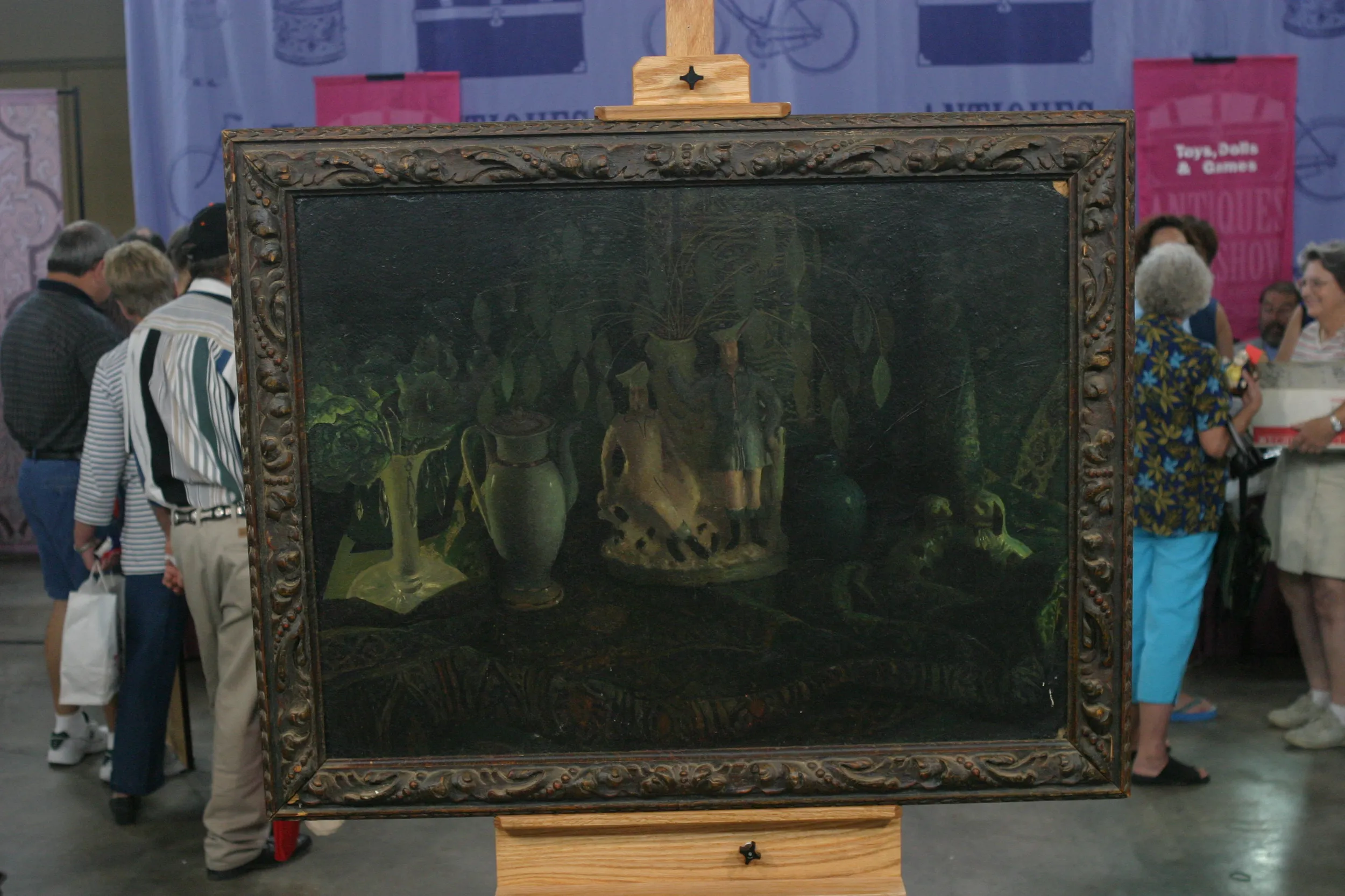HOST: There's a strong tradition of mask making on the northwest coast of North America, from Oregon and Washington up through British Columbia and Alaska. Appraiser Ted Trotta was excited to highlight some examples here at the Burke Museum of Natural History and Culture. Ted, masks have such broad appeal for collectors, and these beautiful examples from the Pacific Northwest are no exception. Can you tell us about these?
APPRAISER: I'd love to, these are fabulous. This mask is from the southern northwest coast. It's from the Kwakwaka'wakw tribe, which was previously known as the Kwakiutl tribe. It's a mythological creature, it's called a Dzunuk'wa. This is the wild woman of the woods. A cannibal creature, she would abduct children. A frightening presence in the tribe, and it would be used to great effect, no doubt, by the parents. It's dramatic, it has human hair, deep facial plains, color contrast. This was made for theatrical performance. It would be seen at firelight. The individual wearing this mask would disappear, transform beneath it. This mask dates to the early 20th century, probably around the 1920s or '30s. We're fortunate to know the maker, George Walkus. His work is bold, dramatic, and he maintained tribal tradition. His work actually reflects a slightly older period, something along the lines of the late 19th century.
HOST: Let's talk about the smaller mask here, tell me about this.
APPRAISER: This mask is from the northern northwest coast, a distinctly different carving style. It dates to the mid-19th century, perhaps as early as 1840, 1850.
HOST: I immediately think that this is a sad face and that this might have been a mask used in a mourning ceremony, but I'm wrong there, aren't I?
APPRAISER: This mask depicts a shark-- a dogfish shark-- a ferocious beast, of course. All of the lines, all of the facial planes on this mask point downward. If you were seized by this creature, you would be in the abyss.
HOST: Let's now, as best we can, talk about value. These obviously are here at the Burke Museum and won't come up for auction.
APPRAISER: Of course.
HOST: But if we were to find comparable masks of this style in this condition, let's start with this one, the larger one.
APPRAISER: This mask would be hard to find. A mask like this would have a value in the $100,000 to $120,000 range. With such dramatic appeal, there would be many people who would have an interest in it.
HOST: Certainly. This smaller mask is from a much earlier time. I would imagine that would add to the value.
APPRAISER: I would estimate a comparable mask in the range of $200,000 to $225,000.
HOST: Well, it's amazing to see these masks up close. Everything here in the museum is pretty spectacular. What an education. Thanks for sharing these.
APPRAISER: Thank you so much for having me.









